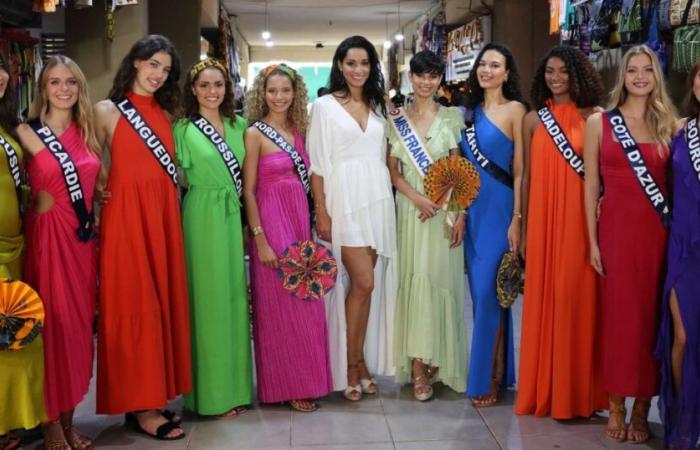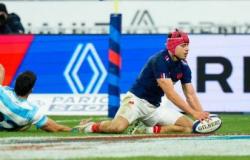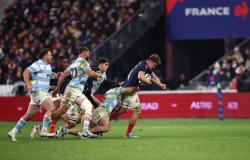THE candidates for the Miss France 2025 election arrived in Ivory Coast to prepare for their election. On the program: fashion show classes, makeup classes and the famous general knowledge test which worries the Misses every year.
Who will be crowned Miss France 2025?
Since the official portraits candidates have been published, speculation is rife. Who will be elected Miss France 2025? The profiles are varied: they measure between 1m70 and 1m86 and all have different life trajectories and studies/professions.
Their age also changed with the modification of the rules for participating in the election. The Misses no longer need to be single or limit themselves to a certain age: this year they are between 18 and 34 years old.
Read also
Miss France 2025: take the Miss France general knowledge test and find out your score
These candidates for the Miss France 2025 election who are less lucky
Some regions hold records for scarves won, such as Ile-de-France, Grand-Est or Provence-Alpes-Côte d'Azur. On the other hand, others are not so lucky.
According to statistics, some regions have never won the election even once. We think of Limousin, Champagne-Ardenne, Auvergne, Martinique and Mayotte.
This year, these 5 misses could therefore be in statistical danger:
- Emma Grégoire (Miss Limousin): 23-year-old pharmacy student
- Louison Thevenin (Miss Champagne-Ardenne): second year student of a Master of tax law, 23 years old
- Romane Agostinho (Miss Auvergne): 27-year-old animal osteopath
- Angélique Angarni-Filopon (Miss Martinique): 34-year-old flight attendant
- Zaya Toumbou (Miss Mayotte): student in information and communication sciences
One thing is certain, this year they have a solid support committee on social networks where they are followed by many followers who intend to support them until the election of Miss France 2025.
And if you find these statistics unfair and want to tip the scales, only one thing to do! See you on December 14, 2024 on TF1 to vote for your favorite miss.
Read also
- Miss France 2025: this astonishing candidate has been a police officer for almost ten years
- Miss France 2025: Miss Corsica has launched an ambitious and glamorous project that will surprise you
[Dossier] Miss France 2025: here is everything you need to know about the 2025 edition – 13 articles to consult
France






